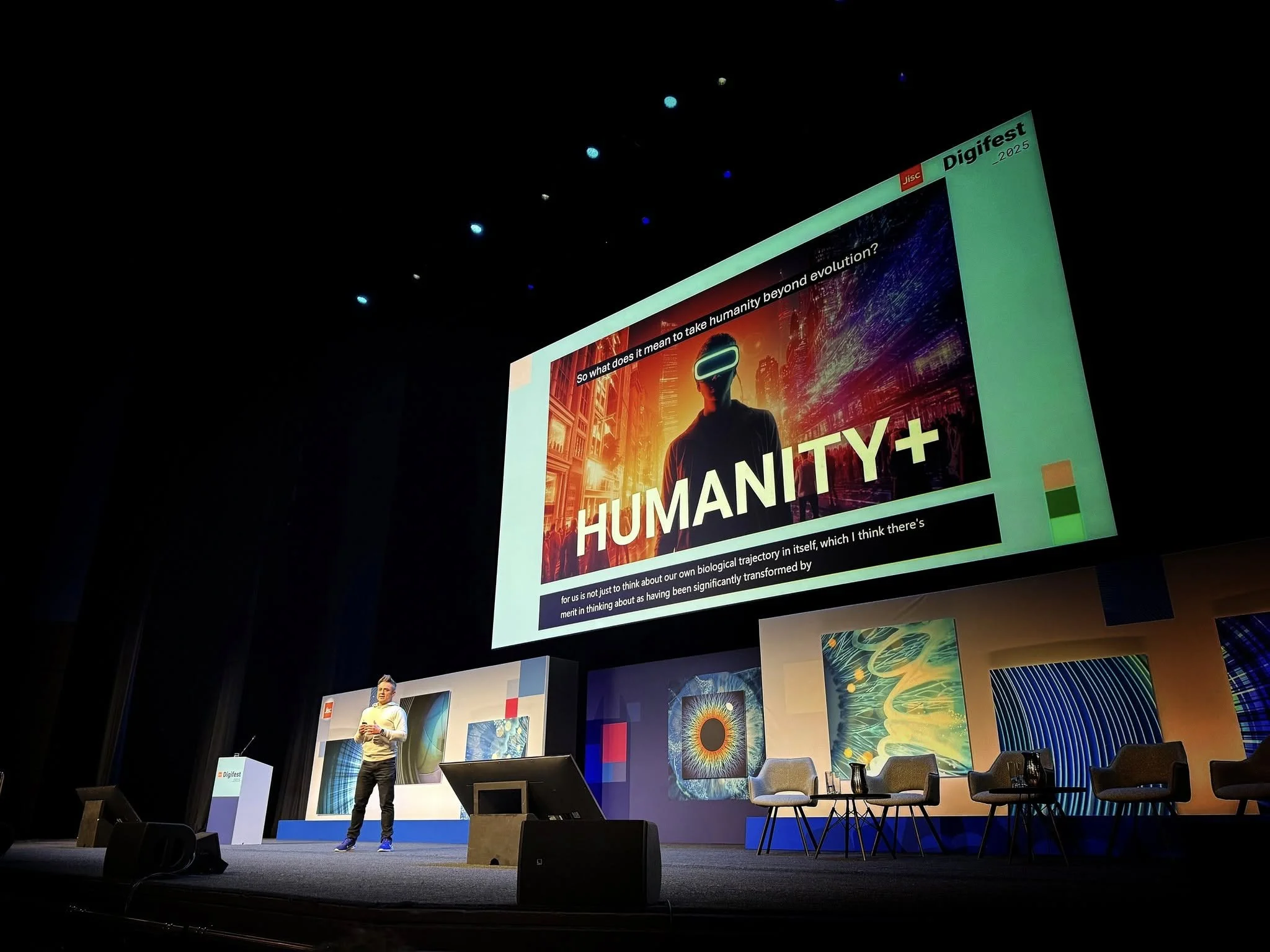
Make it stand out
What’s been happening?

My #REF2014

Can a six-second movie be considered art?

The Olympic Movement and New Media (2014)

Live Event: Sports Media

FameLab UK

Using Social Media to Manage Research(ers)

International Drones for Research Network

IOC MOOC on Sports Media #IOCathleteMOOC

The Secret Life of Passwords

How do science festivals nurture scientific citizenship? #scicomm

Is Google Glass Intelligent? #throughglass

Salford International Media Festival #SIMF14

A Deep Blue Grasshopper: Playing Games with Artificial Intelligence

Smart Cities, Smart Sports

Social Media & Radio: A Natural Born Partnership?

Bioarte: Actuacion Transhumana y Posthumana

Expanding the Ebola debate

In Conversation with Marcus Coates

Project Daedalus Lab

